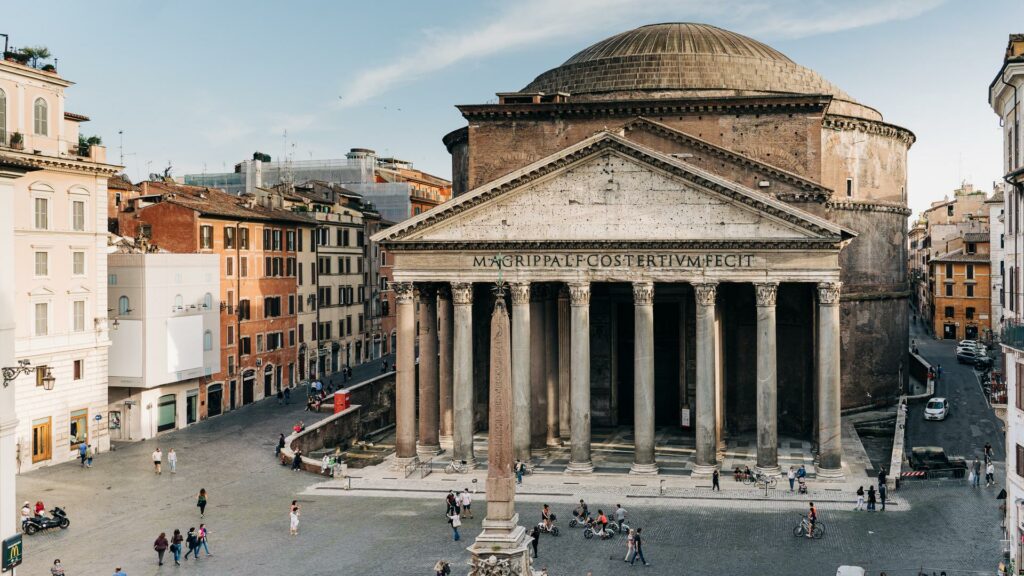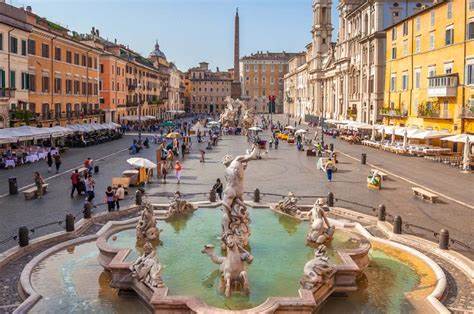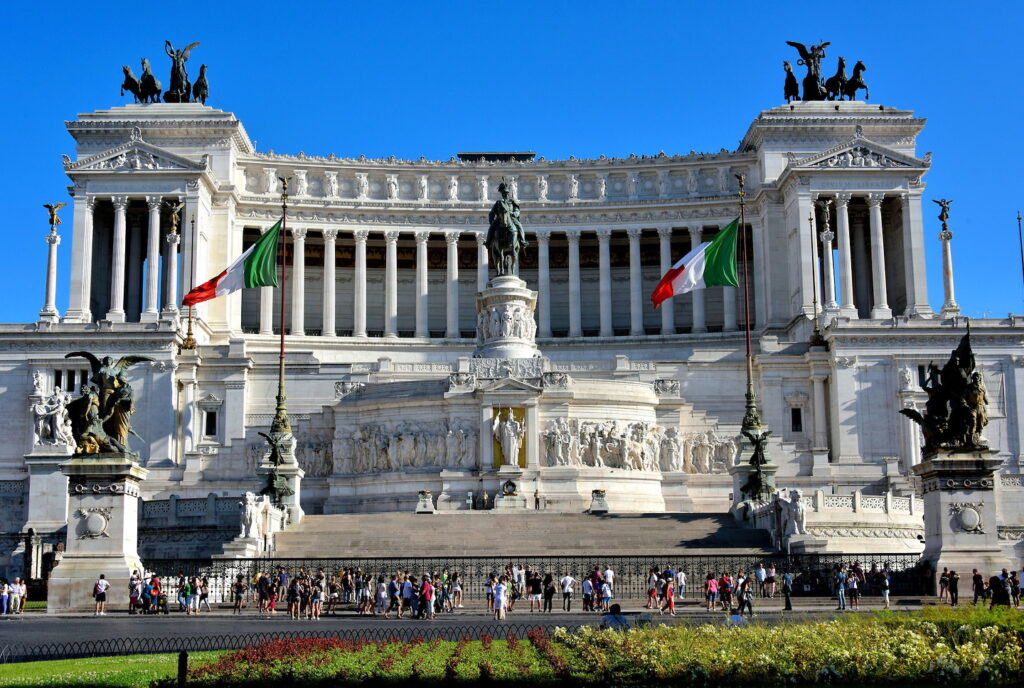
Rome is the capital of Italy, a large cosmopolitan city with an artistic, architectural and cultural history that has been influencing the whole world for almost 3000 years. It is dominated by ancient structures with an infinity of places to visit, covering over two millennia of history. It is known all over the world as the Eternal City, a synonym for everlasting beauty, history and spirituality.
Located in the Centre of the Country and in the centre of the Mediterranean see, it is an easy reach from travellers from all over the world. Rome is one of the preferred sites for millions of tourists and it hosted successfully various international congresses.
In addition to hotels and conference facilities, there are up-to-date exhibitions, art galleries, theatres, and cultural events which add a charming and relaxing flavour to participants’ stay in the city.
Modern Rome is also a major international business destination. It is the seat of the Italian government and the economy is dominated by services, telecommunication companies, research, tourism, construction and banking.
HIGHLIGHTS
Colosseum & Roman Forum
Also called Flavian Amphitheatre, the Colosseum is the main symbol of Rome. It’s an imposing construction with almost 2,000 years of history, that will bring you back in time to discover the way of life in the Roman Empire. The Roman Forum was the hub of political and social activity of the Roman citizens. Located just besides the Colosseum, and along with it, is the greatest sign of the splendour of the Roman Empire that can be seen today.

Trevi Fountain
Trevi Fountain is the most beautiful and the largest fountain in Rome. At the centre is the statue of Oceanus, who stands atop a chariot pulled by sea horses and is accompanied by tritons. The fountain also features statues of Abundance and Health.

Pantheon
The Pantheon of Agrippa is the best-preserved building from ancient Rome, practically intact through the centuries, and the most copied all over the world. It is also the only roman building that is still in use with the same purpose it had originally been created for: as a temple. Nowadays it is a catholic church named “Basilica of Saint Maria ad Martyres”, where few important tombs can be found, such as the tomb of the great Renaissance artist Raphael. The dome is considered an architectural wonder and the biggest ever built, with a surprising oculus that is the building’s main source of natural light.

Piazza Navona
Piazza Navona (Navona Square) Is one of the most charming and popular squares in Rome, surrounded by terraces and restaurants, with three beautiful fountains: Fontana dei Quattro Fiumi, designed by Bernini (located at the centre of the square), Fontana del Moro and Fontana del Nettuno.

Piazza di Spagna
Piazza di Spagna (Spanish Square) is one of the most-visited squares in Rome and a magnificent example of Italian Baroque style. Located at the bottom of the of the Spanish Steps, and at the centre is the Fontana della Barcaccia (Fountain of the Ugly Boat) designed by Bernini. The Scalinata di Trinità dei Monti (The Spanish Steps) connect Piazza di Spagna and the Church of Trinità dei Monti.

Vittorio Emanuele II Monument
Also known as “Altare della Patria” (Altar of the Fatherland), is an imposing building located in Piazza Venezia built as a tribute to Victor Emmanuel II, the first king of Italy after the country’s unification. It provides some breath-taking views of Rome.
